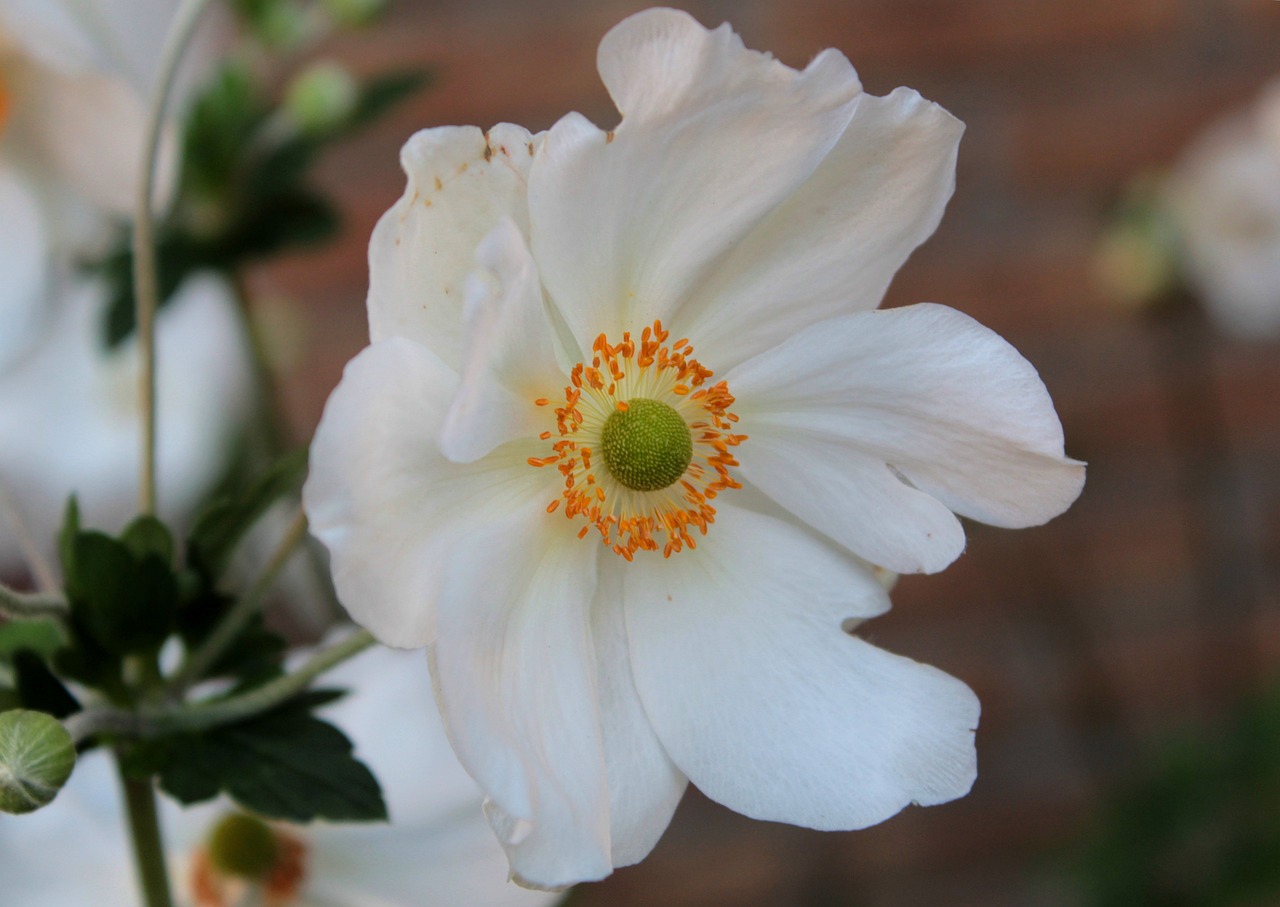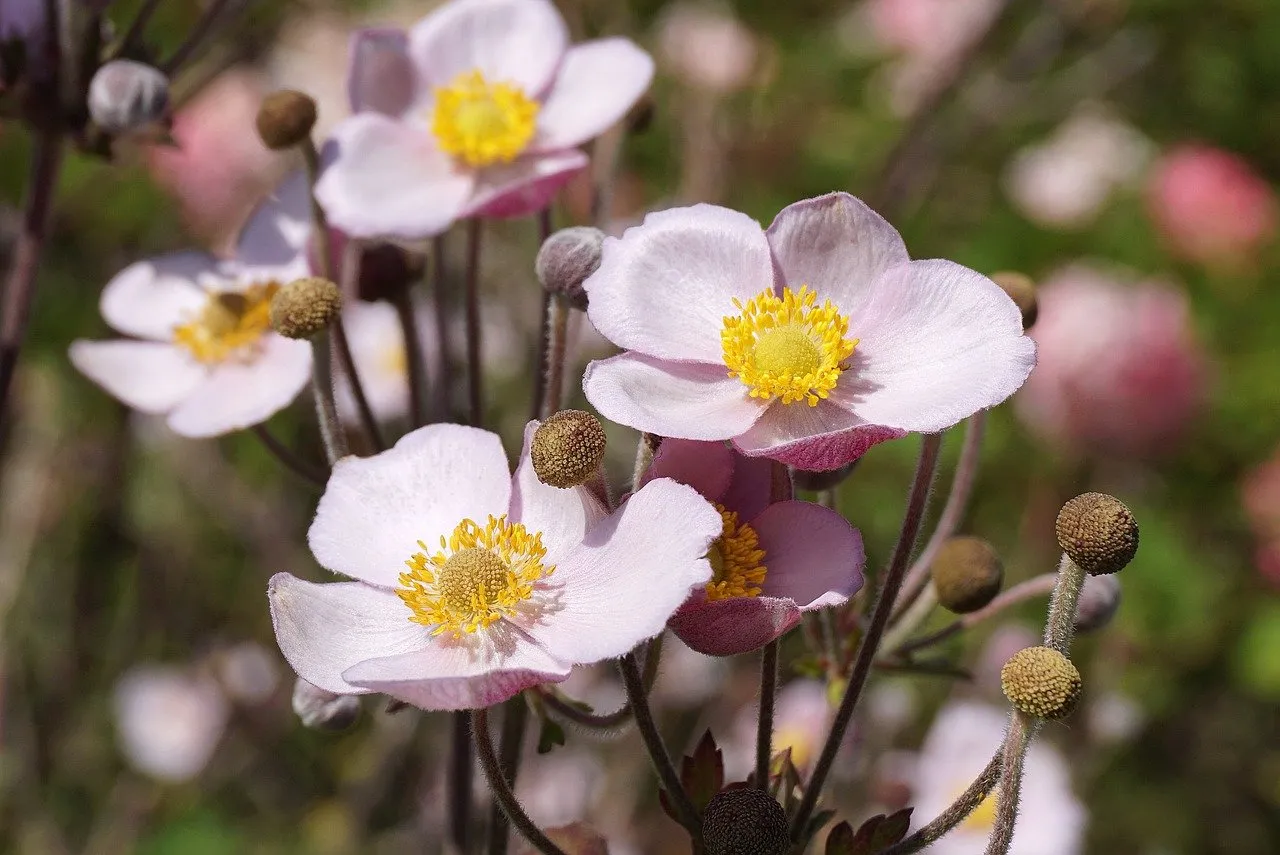Ask a Gardening Question Forum
 Lee Burkhill: Award Winning Designer & BBC 1's Garden Rescue Presenters Official Blog
Lee Burkhill: Award Winning Designer & BBC 1's Garden Rescue Presenters Official Blog

Welcome to the ultimate beginner gardening and garden design forum! Where no gardening question is too silly or obvious. This online gardening forum is run by Lee Burkhill, the Garden Ninja from BBC 1's Garden Rescue and a trusted group of experienced gardeners.
Whether you are a beginner or an expert gardener, it's a safe place to ask garden-related questions for garden design or planting. If you have a problem in your garden or need help, this is the Garden Forum for you!

Posting Rules: This space is open for all garden-related questions. Please be polite, courteous and respectful. If you wouldn't say it to your mum's face, then don't post it here. Please don't promote, sell, link spam or advertise here. Please don't ask for 'cheeky' full Garden redesigns here. They will be deleted.
If you need a garden design service, please use this page to book a design consultation. I will block anyone who breaks these rules or is discourteous to the Garden Ninja Community.
Join the forum below with your gardening questions!
Quote from WeeRed on 9th October 2023, 4:15 pmHello,
I'm pretty new to gardening and having some issues with Anemone Honorine Jobert not growing as tall as I would have expected. I planted them as 9cm plants in late July. They have a decent amount of flower heads but are really short. Around 30cm at the moment. My question is, should I be fertilizing them or something, or just giving them some more time?
It's a newly planted flower bed, clay soil that I dug over and added loads of soil improver to. The bed gets sunlight from mid morning till sun down. I'm in Glasgow and it's pretty much been raining here since August. So, a fairly wet and windy environment.
Any advice would be much appreciated. Thanks!
Hello,
I'm pretty new to gardening and having some issues with Anemone Honorine Jobert not growing as tall as I would have expected. I planted them as 9cm plants in late July. They have a decent amount of flower heads but are really short. Around 30cm at the moment. My question is, should I be fertilizing them or something, or just giving them some more time?
It's a newly planted flower bed, clay soil that I dug over and added loads of soil improver to. The bed gets sunlight from mid morning till sun down. I'm in Glasgow and it's pretty much been raining here since August. So, a fairly wet and windy environment.
Any advice would be much appreciated. Thanks!
Quote from Lee Garden Ninja on 10th October 2023, 5:53 pmHi @weered
Thanks for your question about growing Anemones. Anemones, once established, are bulletproof and fast-growing/spreading herbaceous perennials that can cope with plenty of abuse and neglect.
The first thing to say is that they're going to take a good six months to establish and won't be at full height or full flower this year, especially not from 9cm pots. So don't panic!
Feeding young plants is unnecessary and just wastes money, so I wouldn't bother with that either.
How long do new young plants take to establish?
The time it takes for new herbaceous perennials to establish and grow to their full height can vary widely, influenced by factors such as the specific plant species, local growing conditions, and care provided. Different herbaceous perennial species exhibit varying growth rates, with some reaching maturity within one or two growing seasons while others may take several years.
For most plants, you need at least 6 months before they start to develop and spread.
Essential elements include ideal conditions such as adequate sunlight, well-draining soil, and appropriate moisture levels, as well as the initial size of the plant when purchased or transplanted. Climate, maintenance practices, local soil quality, and weather conditions also contribute to the timeline.
Generally, many herbaceous perennials establish and grow a significant portion of their mature height within the first year or two, but it can take several years for them to reach their full height and realize their maximum size and flowering potential. Root development and establishment are crucial in the initial stages, with continued growth and beautiful displays evolving over time with proper care and favourable conditions.
How to look after Japanese Anemones
Japanese Anemones (Anemone hupehensis), also known as windflowers, are lovely perennial plants known for their delicate, daisy-like flowers and elegant, tall stems. They can be a wonderful addition to your garden, and taking care of them is relatively straightforward. Here's how to look after Japanese Anemones:
1. Planting:
Choose a well-draining location with partial to full shade. While they can tolerate some sunlight, they thrive in dappled shade or areas with morning sun and afternoon shade.
Ensure the soil is fertile and rich in organic matter. Japanese Anemones prefer slightly acidic to neutral soil.
2. Watering:
Keep the soil moist but not waterlogged once you've initially planted them. Regular watering is essential to establish healthy root systems but once established Anemones will tolerant drought and abuse!
3. Mulching:
Apply a layer of mulch around the base of the plants to help retain soil moisture, suppress weeds, and regulate soil temperature. Mulching also mimics their natural forest-floor habitat.
4. Pruning:
Prune dead or spent flowers to encourage continuous blooming and prevent self-seeding if desired. Cut back the spent flower stalks to the base of the plant.
In late winter or early spring, cut back the entire plant to the ground to encourage fresh, new growth.
5. Fertilizing:
In early spring, apply a balanced, slow-release fertilizer to provide nutrients for the upcoming growing season. Follow the package instructions for proper application rates. Though they are so hardy and vigorous you probably won't ever need to feed them!
https://youtu.be/5BhGtCjT2TQ
6. Division:
Every few years, consider dividing Japanese Anemones to rejuvenate the plant and prevent overcrowding. Divide in the spring or early fall when the plant is dormant.
7. Pests and Diseases:
Japanese Anemones are relatively resistant to pests and diseases. However, keep an eye out for common garden pests like aphids and slugs. Treat infestations promptly if they occur.
8. Winter Care:
In colder climates, Japanese Anemones can be susceptible to frost heave. Apply a layer of mulch over the root zone in late fall to help protect the plant during winter.
9. Support:
Tall varieties of Japanese Anemones may benefit from staking or other forms of support to prevent bending or flopping over, especially when they are in bloom.
I hope that helps?
Lee
Hi @weered
Thanks for your question about growing Anemones. Anemones, once established, are bulletproof and fast-growing/spreading herbaceous perennials that can cope with plenty of abuse and neglect.
The first thing to say is that they're going to take a good six months to establish and won't be at full height or full flower this year, especially not from 9cm pots. So don't panic!

Feeding young plants is unnecessary and just wastes money, so I wouldn't bother with that either.
How long do new young plants take to establish?
The time it takes for new herbaceous perennials to establish and grow to their full height can vary widely, influenced by factors such as the specific plant species, local growing conditions, and care provided. Different herbaceous perennial species exhibit varying growth rates, with some reaching maturity within one or two growing seasons while others may take several years.
For most plants, you need at least 6 months before they start to develop and spread.
Essential elements include ideal conditions such as adequate sunlight, well-draining soil, and appropriate moisture levels, as well as the initial size of the plant when purchased or transplanted. Climate, maintenance practices, local soil quality, and weather conditions also contribute to the timeline.
Generally, many herbaceous perennials establish and grow a significant portion of their mature height within the first year or two, but it can take several years for them to reach their full height and realize their maximum size and flowering potential. Root development and establishment are crucial in the initial stages, with continued growth and beautiful displays evolving over time with proper care and favourable conditions.
How to look after Japanese Anemones
Japanese Anemones (Anemone hupehensis), also known as windflowers, are lovely perennial plants known for their delicate, daisy-like flowers and elegant, tall stems. They can be a wonderful addition to your garden, and taking care of them is relatively straightforward. Here's how to look after Japanese Anemones:
1. Planting:
Choose a well-draining location with partial to full shade. While they can tolerate some sunlight, they thrive in dappled shade or areas with morning sun and afternoon shade.
Ensure the soil is fertile and rich in organic matter. Japanese Anemones prefer slightly acidic to neutral soil.
2. Watering:
Keep the soil moist but not waterlogged once you've initially planted them. Regular watering is essential to establish healthy root systems but once established Anemones will tolerant drought and abuse!

3. Mulching:
Apply a layer of mulch around the base of the plants to help retain soil moisture, suppress weeds, and regulate soil temperature. Mulching also mimics their natural forest-floor habitat.
4. Pruning:
Prune dead or spent flowers to encourage continuous blooming and prevent self-seeding if desired. Cut back the spent flower stalks to the base of the plant.
In late winter or early spring, cut back the entire plant to the ground to encourage fresh, new growth.
5. Fertilizing:
In early spring, apply a balanced, slow-release fertilizer to provide nutrients for the upcoming growing season. Follow the package instructions for proper application rates. Though they are so hardy and vigorous you probably won't ever need to feed them!
6. Division:
Every few years, consider dividing Japanese Anemones to rejuvenate the plant and prevent overcrowding. Divide in the spring or early fall when the plant is dormant.
7. Pests and Diseases:
Japanese Anemones are relatively resistant to pests and diseases. However, keep an eye out for common garden pests like aphids and slugs. Treat infestations promptly if they occur.
8. Winter Care:
In colder climates, Japanese Anemones can be susceptible to frost heave. Apply a layer of mulch over the root zone in late fall to help protect the plant during winter.
9. Support:
Tall varieties of Japanese Anemones may benefit from staking or other forms of support to prevent bending or flopping over, especially when they are in bloom.
I hope that helps?
Lee
Quote from WeeRed on 15th October 2023, 2:35 pmThat's fantastic, thanks so much. I really appreciate such a detailed answer!
I'm feeling much more relaxed and reassured about it now. I think it didn't help that there are other plants in the bed or near by that have grown incredibly well from 9cm pots and the Anemone look a wee bit stunted next to them! The things that are growing very well are Persicaria amplexicaulis, Astrantia and Geranium rozanne. Maybe these just grow quicker.
Looking forward to seeing everything at full height next year now (fingers crossed)
Thanks again.
That's fantastic, thanks so much. I really appreciate such a detailed answer!
I'm feeling much more relaxed and reassured about it now. I think it didn't help that there are other plants in the bed or near by that have grown incredibly well from 9cm pots and the Anemone look a wee bit stunted next to them! The things that are growing very well are Persicaria amplexicaulis, Astrantia and Geranium rozanne. Maybe these just grow quicker.
Looking forward to seeing everything at full height next year now (fingers crossed)
Thanks again.


Vuelo Top 10 Garden Blogger Award 2019
Chelsea Flower Show Director Generals Trade Stand Award 2018
5 Star Trade Stand Hampton Court 2018
Garden Media Guild New Talent 2017 Finalist
RHS & BBC Feel Good Gardens Winner 2016
 To my YouTube channel
To my YouTube channel
JOIN THE NINJAS
Join our Ninja community for your Exclusive Discounts
JOIN THE NINJAS

Be the first in line for new Guides, Discount codes and Offers